The Olympics is a grand sports event, but there are also cases in history where it has suffered severe losses, such as the Beijing, Athens, and Tokyo Olympics, which have all been painful lessons. The skyrocketing costs and economic lessons, as well as the operation of venues after the Olympics, are also the biggest problems plaguing countries around the world. Looking at the global situation, many host cities have faced difficulties in supporting the high maintenance costs of venues and facilities, and some have even led to economic recession. So, 16 years ago, how has China's investment of 3.4 billion yuan in building the Bird's Nest fared in terms of subsequent operation and utilization? Has it been a gain or a loss? Where does the annual maintenance cost of over 80 million come from?
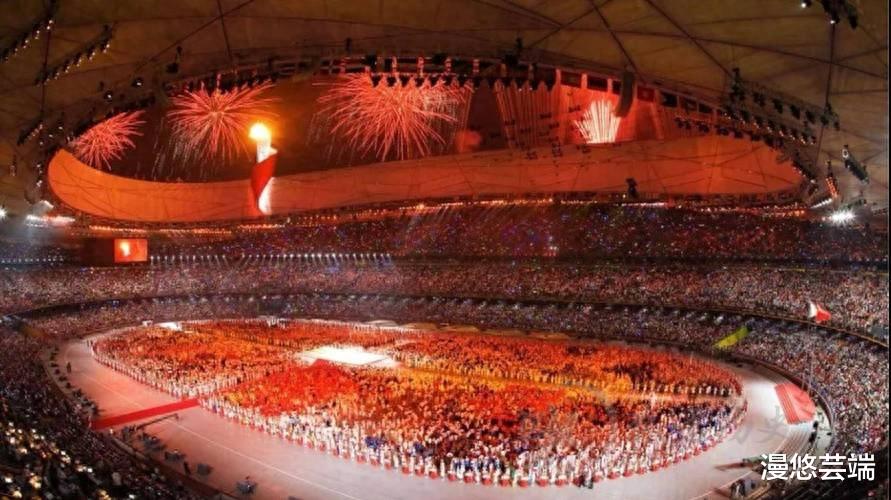
In August 2008, athletes and coaches from 204 participating countries and regions around the world gathered in China to participate in the 29th Summer Olympics. As the host country, we did not disappoint, eventually topping the Olympic medal table with 51 gold medals, becoming the first Asian country to reach the top of the gold medal standings in Olympic history. On August 24, 2008, the Beijing Olympics came to a successful conclusion. This 17-day sports feast captured countless memorable moments and left behind many unforgettable memories. However, after the celebration, when the sacred flame was extinguished and the flag lowered, the operation of the Olympic venues became the biggest challenge.

Building the Bird's Nest was no small feat, requiring significant time and effort. After its completion, people marveled at this uniquely shaped stadium, but for the builders, the journey was far from easy. In 2003, construction of the Bird's Nest officially began, but at that time, the country was not yet developed, and even various technologies could not match those of developed countries, with some technologies not even available. Despite this, more than 400 engineers and 400,000 builders participated in the project, facing unimaginable pressure.

As early as 2002, the National Stadium began soliciting design proposals globally, spending over six months to select the best design plan, with the "Bird's Nest" scheme ultimately taking the lead. However, the design of the Bird's Nest was very complex, featuring unique steel structure weaving technology, unprecedented in architectural history. Faced with various technological and material challenges, engineers made precise calculations and adjustments to the structure to ensure stability and enhance safety.

The Bird's Nest we see is made up of many seemingly chaotic "steel branches" interlocking with each other, but in reality, they are not chaotic at all. Each one is meticulously designed, not arbitrary, and difficult to achieve zero error. These seemingly chaotic steel bars secretly form 24 truss door frames, bearing the weight of the structure and supporting the world's largest roof structure. It can be said that there are no two identical steel components, and in addition to precision, there is another difficulty to overcome, which is the "size" of the Bird's Nest.

The Bird's Nest is 333 meters long and 280 meters wide, with an inner layer of three-layer concrete bowl-shaped exploration and 91,000 spectator seats. With such a large size, the volume and weight of the "steel branches" are可想而知, and the commonly used ordinary tower cranes in construction can only lift a few tons, indicating the high level of difficulty. Moreover, the innovative design of the Bird's Nest allows the maximum span of the steel to reach 343 meters, which ordinary steel cannot withstand. To bear this, the thickness must be at least 22 centimeters, but this would result in a weight exceeding 80,000 tons.

Without mentioning whether the tower crane can lift it, even if it can, the welding difficulty would be enormous. The most critical point is that this type of steel is not available domestically. If imported from abroad, it would go against the principle of independent innovation; if developed domestically, it would be another major project. At a critical moment, Henan Wugang stepped forward to take on the task. After more than two months of research and production, they finally overcame the steel problem. From scratch, Q460 steel was born, a high-quality steel also known as "Bird's Nest steel."
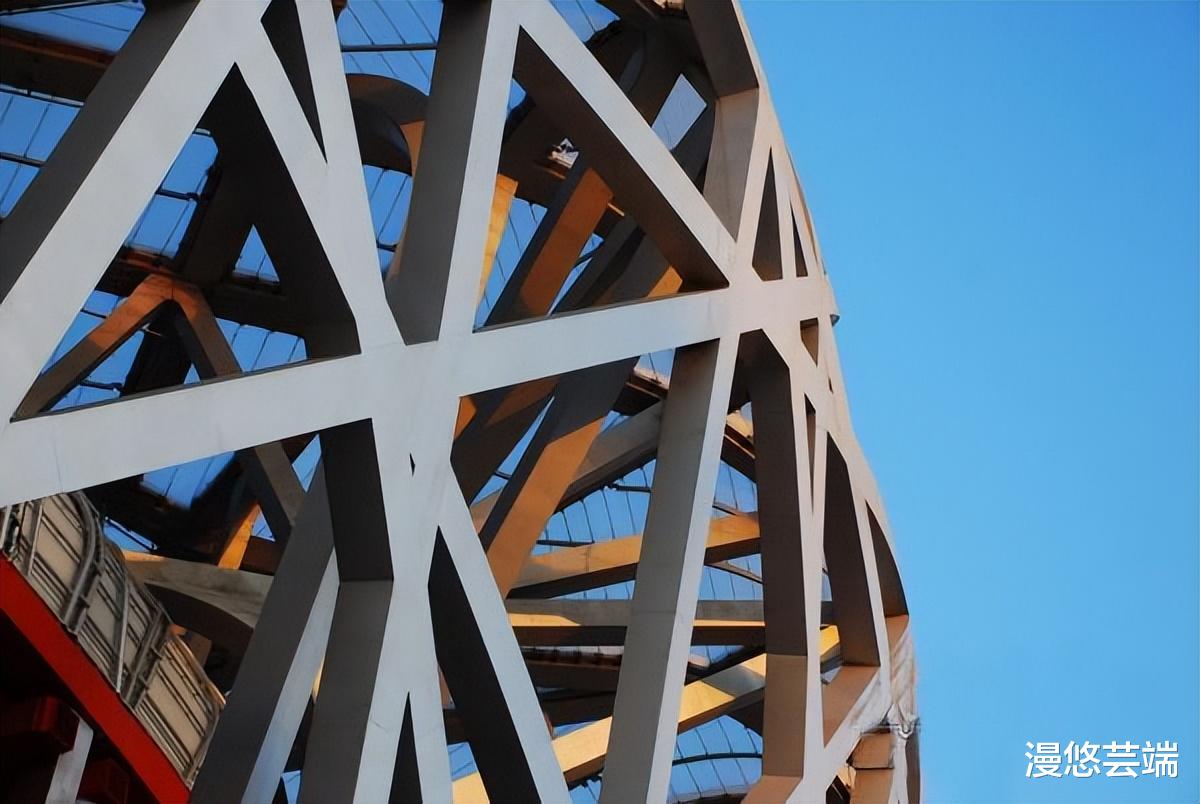
The construction of the Bird's Nest was costly, with a construction cost of as high as 2.267 billion yuan, and including internal fittings, the total expenditure reached 3.4 billion yuan. However, this was just the beginning, and the subsequent operation and maintenance costs were the most headache-inducing aspect. Currently, the Bird's Nest requires an annual maintenance cost of over 80 million yuan, covering equipment upgrades, electricity bills, maintenance fees, and the gradual aging of equipment. Like other public stadiums, it also needs to pay taxes according to regulations. The three-front package fee, greening fee, business tax, urban construction tax, etc., have无形之中 become a "burden" for the subsequent operation of the Bird's Nest.
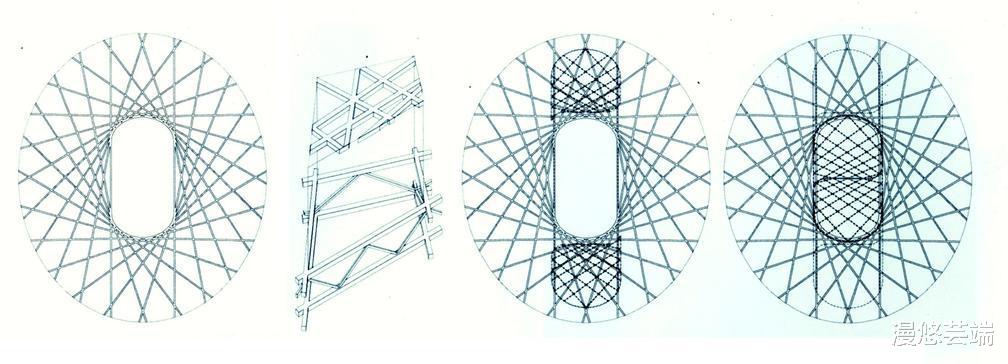
This situation is not unique to our country; historically, there have been many cases, such as the 2000 Sydney Olympics, which were abandoned due to severe energy consumption and poor management. After repaying debts for several years, the Sydney government had to demolish it in the end. So, what should happen to the Bird's Nest? Is it a gain or a loss?
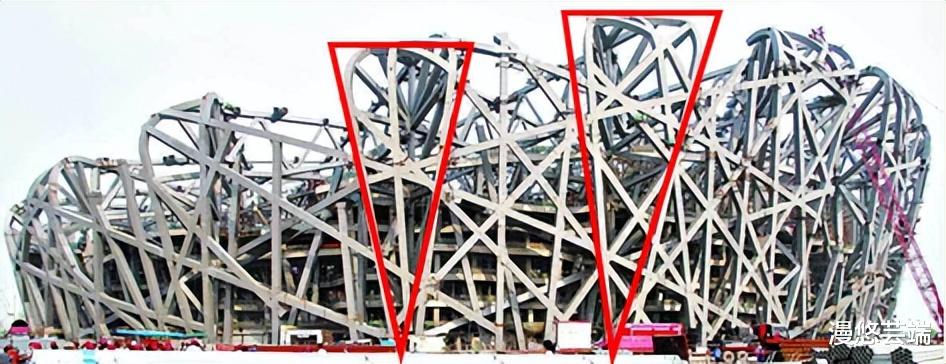
As a tourist attraction, the Bird's Nest is a significant source of income. Some may wonder, since the Bird's Nest and Water Cube do not charge admission, how can they generate tourism revenue? As of the end of June 2023, the Bird's Nest and Water Cube have received a total of 258 million visitors, generating tourism revenue in the hundreds of millions, much higher than that of ordinary small attractions. Most tourists visiting Beijing will definitely want to see the Bird's Nest and Water Cube.

Furthermore, the Bird's Nest is open to social use, serving as a venue for concerts, dance dramas, and gala events. In 2024, the Phoenix Legend tour concert was scheduled in Beijing, with young people filling the 90,000-seat venue at the National Stadium "Bird's Nest," from post-80s to post-10s, frantically grabbing over 80,000 tickets. Holding a concert at the Bird's Nest for one day costs about 3 to 3.6 million yuan, depending on the setup and dismantling time. For example, Wang Feng's concert at the Bird's Nest had a longer setup and dismantling time, resulting in a discounted rental fee of 8 million yuan.
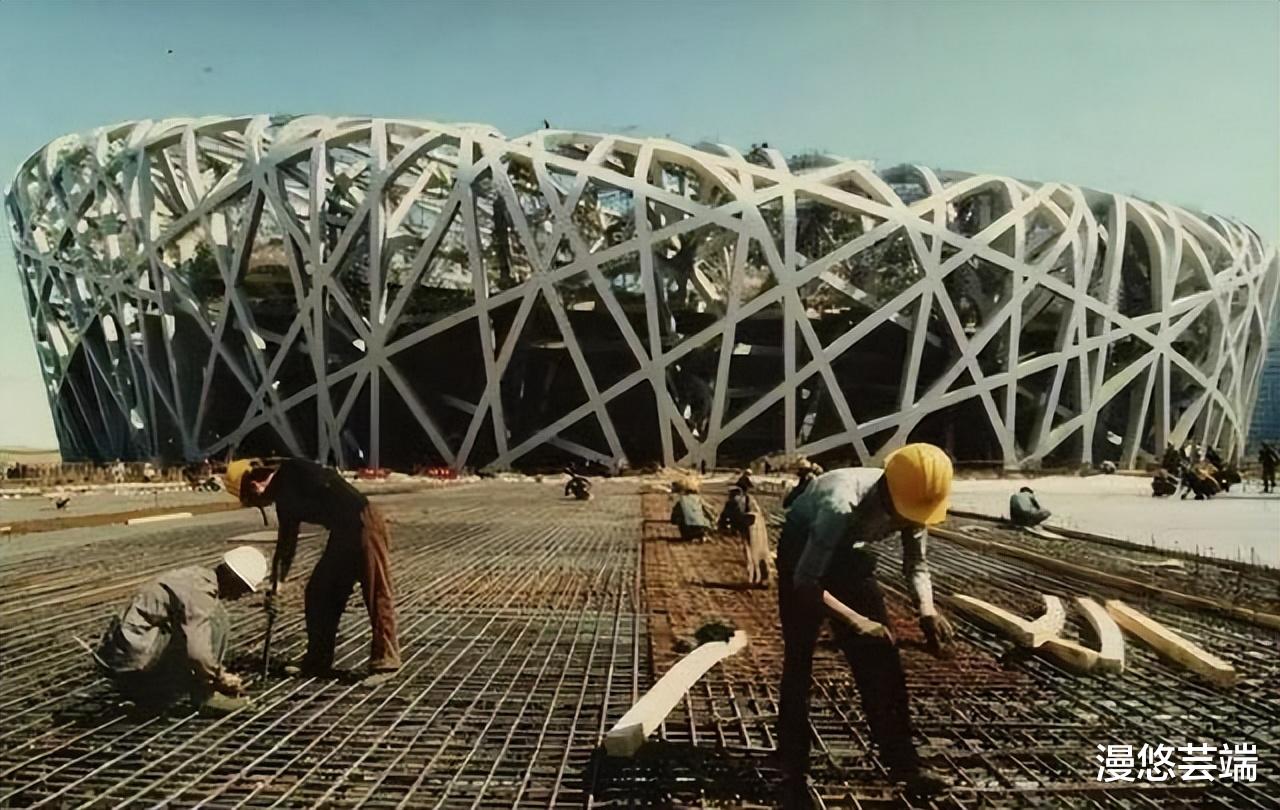
According to incomplete statistics, in 2024, the Bird's Nest hosted a total of 39 large-scale concerts, with over 2.16 million attendees, averaging over 55,000 per show, setting a new record. Just this alone should cover the maintenance costs of the Bird's Nest, not to mention other major events and various performances.
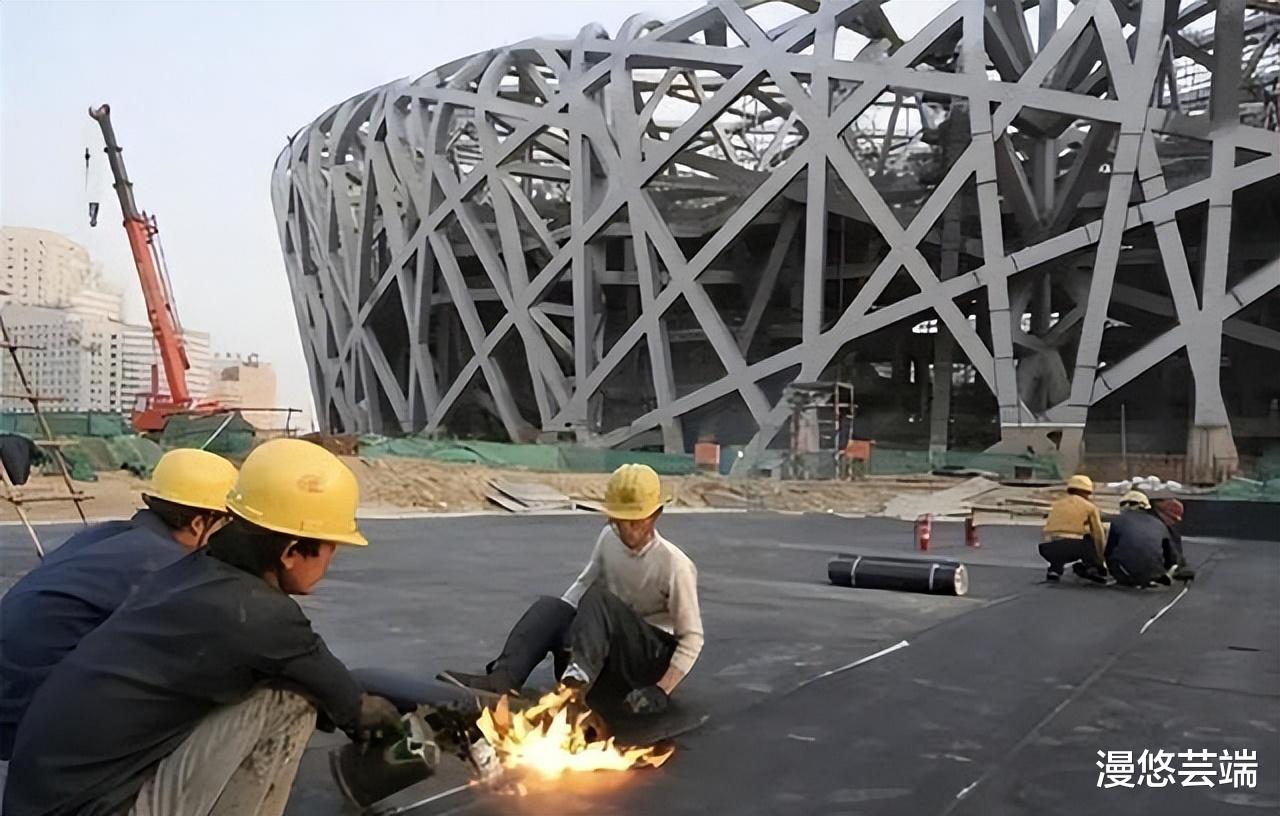
In summary, although the Bird's Nest has a high construction cost and high subsequent operating costs, judging from the results, it is a stable winner that does not lose money.
